Tax Update: Scams and Phishing Attempts During COVID-19
The IRS has released a statement urging taxpayers to remain extra vigilant for scams and phishing attempts during these uncertain times. With taxpayers receiving economic impact payments, it is expected that there will be a criminal effort to intercept these payments.
Red Flags
Here is a list of different schemes scammers may try when aiming to steal your payment:
- If you receive a call, email, text, or even a social media request to provide your personal and/or bank account information in order to receive or speed up your economic impact payment, it is a scam. The IRS will never reach out to you by these means.
- If you receive a call and the person keeps using terminology like “stimulus payment” or “stimulus check”, you can be sure they are not from the IRS. The IRS officially calls it an “economic impact payment”.
- If you get a person suggesting that they can get your economic impact payment or tax refund faster on your behalf, this is also a red flag. The payments are expected to be coming out in mid-April and there is no speeding up this process.
- Someone might ask you to sign your economic impact payment over to them so they can represent you.
- You might get a phony check for a partial amount of your impact payment. There could be instructions to verify your information online or by call in order to cash or receive the remaining amount.
Special Warning for Retirees
The IRS has stated that if you are a retiree (including if you’re a recipient of Forms SSA-1099 and RRB-1099) who doesn’t usually have a filing requirement, you do not need to do anything to receive your economic impact payment. The IRS will be sending your payment to you directly without any additional information or action by you. If someone reaches out to you by email, phone, mail, or in-person for any kind of information in regard to your payment, they are not from the IRS. They may use terms like “rebate” or “stimulus payment”, and you can use these as red flags.
Receiving Your Payment
In most cases, the IRS will be using direct deposit accounts that taxpayers have previously given on tax returns. If you haven’t given your direct deposit information, but would like to receive you economic impact payment this way, the IRS has created a new secure portal that will become available in mid-April on IRS.gov that you can provide your bank information on. If the IRS doesn’t get your direct deposit information, they will send your payment to the address they have on file for you.
It is very important to note that you should not provide your bank information on any other site except the IRS’s secure site in regard to your economic impact payment. You should also never give your banking information to someone who claims to be inputting it into the portal on your behalf.
Reporting Scams
The IRS and its Criminal Investigation Division are working hard to track down scammers and stop them, but the IRS and its Criminal Investigation Division are urging taxpayers to report any unsolicited emails, texts, or social media requests that seems to be from the IRS or any of its related organizations (i.e. the Electronic Federal Tax Payment System (EFTPS)). You are highly suggested to not engage with potential scams either by phone or online. If it’s an email or website link, don’t open the email or click on the link as it may allow hacking, tax fraud, or identity theft. You should forward anything you feel is suspicious to phishing@irs.gov. There is more about reporting scams that you can learn by going to the Report Phishing and Online Scams page on IRS.gov.
If you ever get something by phone, email, or social media that makes you question whether or not it is a legitimate COVID-19 and/or economic impact payment update from the IRS, you can go to the Coronavirus Tax Relief page on IRS.gov. This page is updated as soon as possible when new information come out.
Please contact us if you have any questions.




